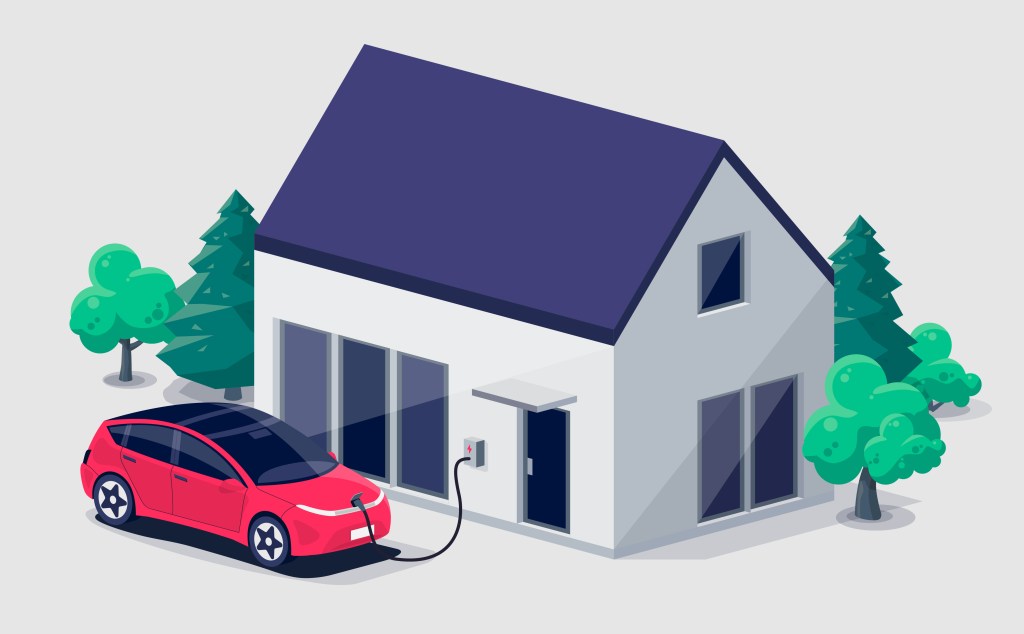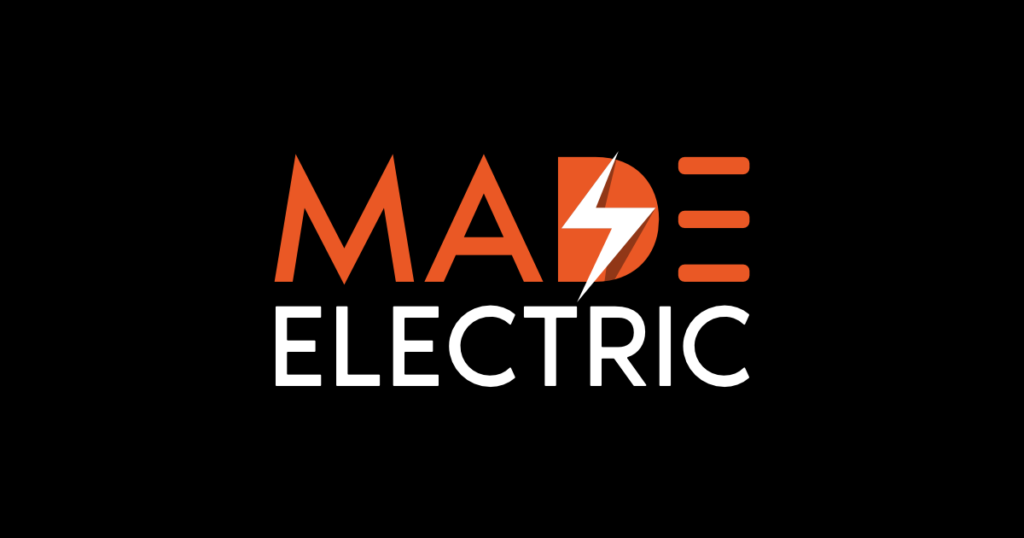As electric vehicles have become more common among consumers, easy access to charging stations have become a necessity. Currently, there are many different ways to charge your electric vehicle, including Level 1 and Level 2 unidirectional chargers, which many EV owners have installed in their homes for convenience. But what if you could not only charge your electric vehicle at home, but also use your electric vehicle to supply energy to your home or even charge another vehicle?
Introducing the future of electric vehicle charging — bi-directional charging. Bi-directional charging is a brand new type of battery-storage technology which has been gaining popularity as more vehicle manufacturers such as Nissan and Mitsubishi have begun releasing new vehicles with bi-directional capabilities.
So, what exactly is a bi-directional charger and how can owning one benefit EV owners?
What is a bi-directional charger?
Like the name suggests, a bi-directional charger is an EV charger that has the capability to charge in both directions – either pulling power from your home utility grid to charge your electric vehicle, or using your electric vehicle to provide energy to an external load, such as supplying power to your home.
Bi-directional chargers can be further classified into the following categories:
- vehicle to grid (V2G)
- vehicle to home (V2H)
Vehicle to Grid (V2G) Charging

V2G involves using your electric vehicle to discharge energy back to the grid based on energy demand/consumption. This means that when energy demand is low, your EV battery will be charged and when demand is high, your battery will be used to supply power to the grid. This enables EV owners to take part in a virtual power plant program which may be offered by energy suppliers.
A virtual power plant (VPP) program is a cloud-based energy management system which takes advantage of excess renewable energy from sources such as solar and wind energy, and automates the charging process to ensure that EVs can store energy at times when energy demand is low and supply is high. When the demand becomes high, and supply from non-renewable sources (such as carbon/fossil fuels) is low, the stored energy from the electric vehicles can be used to supplement non-renewable energy in the grid and eventually help to stabilize the grid and minimize fluctuations in price and supply.
VPP programs are usually managed by energy suppliers, and provide financial incentives to EV owners in exchange for utilizing V2G charging and participating in the VPP program.
Vehicle to Home (V2H) Charging

Like the name suggests, V2H charging involves using an electric vehicle to store energy, and using that stored energy to power a home or business. V2H is similar to V2G except that V2H provides energy to a local facility, such as a home or nearby building, while V2G returns energy back to the electrical grid.
V2H allows an electric vehicle to operate as an ordinary household battery system (like the the Tesla Powerwall), and reduces the homeowner’s reliance on consuming energy from the electrical grid. In addition, homeowners can save on energy costs by utilizing VH2 when there is peak energy demand and the cost of electricity is high.
What are the benefits of using a bi-directional charger?
One of the biggest benefits to owning a bi-directional charger is being able to supply your own energy to your house or business in the case of an emergency using a V2H charger. This completely eliminates the need for a back-up generator, and if there is ever a power outage or emergency situation which impacts access to the electrical grid, you will still be able to supply power to your home/business. Depending on the energy consumption in your home/business, V2H chargers can fully power an average house for three to five days.

Another benefit to owning a bi-directional charger is the ability to reduce reliance on the grid, and reduce the amount of electricity purchased from energy suppliers. Excess energy from renewable sources such as wind/solar can be stored in electric vehicles and used to replace energy from non-renewable sources. In addition, during times when energy costs are low, energy can be stored through charging your EV, and then that energy can be discharged at times when electricity prices are high, which allows electric vehicle owners to save on utility costs.
Using V2G charging, EV owners can also benefit financially by selling energy stored in their vehicle back to the grid for profit. Owners can partake in a VPP program, in which energy suppliers would charge your EV battery when demand is low, and discharge the stored energy when demand is high in order to stabilize the supply and demand in the electrical grid. EV owners would then be paid an agreed-upon rate depending on the type and duration of service provided.
Are bi-directional chargers safe?
Bi-directional chargers are very safe, and pose a non-existent risk for owners of EVs. There is no danger of overloading an EV using a bi-directional charger because there are sensors which will monitor the electrical load of the system, and if too much power is drawn and the system voltage has been exceeded, the power supply will shut off. In addition, bi-directional charging has no adverse affect on the car battery itself, because the charging and discharging rate is less intensive than driving.
Are you ready to begin the process of installing a bi-directional charger in your home?

Contact MADE ELECTRIC today! We are a trusted electrical contractor that operates in Toronto and the GTA, with a professional and fully licensed team. Installing a bi-directional charger can be a complicated project, but we’re happy to help and guide you through the process.
Our company can be reached at any time through our contact page, and are also happy to receive your calls at +1 (833) 623-3247, or e-mails at info@madeelectric.ca.

